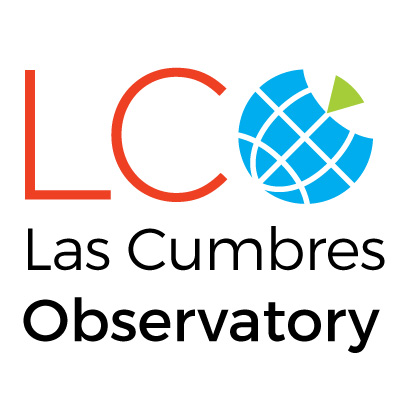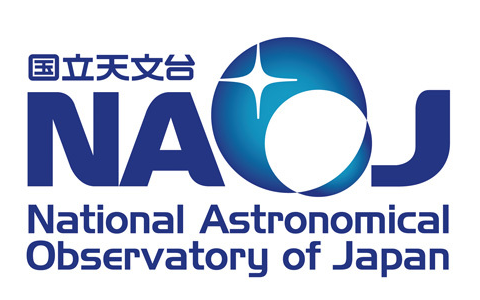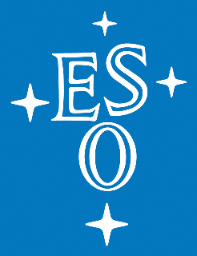Brown Dwarfs might not be as bright as stars, but they do shine a little. This is due to gravity constantly pushing and squeezing at the material inside. This heats up the brown dwarf, causing it to glow a dim red colour.

For a long time we've known that planets form and live around stars. For example, the Sun is the parent star of all the planets in our Solar System. But now astronomers have found clues that another type of object might make their own planets, too! This means that rocky, Earth-like planets may be even more common in the universe than we'd dreamed!
When a star is born, any leftover gas and dust forms a disc around it, similar to Saturn's rings. Within this disc, small dust grains made of rock sometimes form. These grains can then collide and stick together, forming larger and larger objects — this is how planets are born. (Watch this cool video and see exactly how it happens!)
Now, for the first time ever astronomers have spotted solid grains in the gassy disc around a 'brown dwarf' — an object that is neither a planet nor a star. Brown dwarfs are sometimes known as 'failed stars'. They are much too large to be classed as planets, sometimes growing to 80 times more massive than Jupiter, the biggest planet in our Solar System. But they're too small to begin burning fuel in their cores and so they don't shine brightly, like stars.
Astronomers didn't expect to find these solid grains around brown dwarfs for a number of reasons. Mostly because their discs don't contain very much material, so the chance of particles crashing and combining into bigger objects is slim. But it turns out they were wrong, these grains do exist around brown dwarfs. It's even possible that in some cases tiny grains like these have already grown into rocky planets, giving us an even higher chance of finding an Earth-sized world out in space!




















